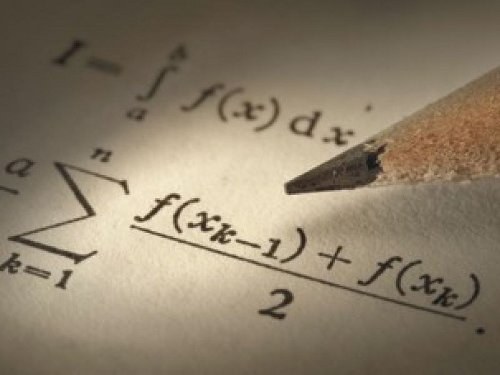Instruction
1
It must be said that the reduction to a canonical form in the General case, involves rotation of the coordinate system that will require quite a large amount of additional information. The rotation of the coordinate system may be required if the coefficient of In is nonzero.
2
There are three types of curves of the second order: ellipse, hyperbola and parabola.
The canonical equation of an ellipse: (x^2)/(a^2)+ (y^2)/(b^2)=1.
The canonical equation of the hyperbola: (x^2)/(a^2)- (y^2)/(b^2)=1. Here a and b semiaxes of the ellipse and the hyperbola.
The canonical equation of the parabola 2px=y^2 (p is just a parameter).
The procedure of reduction to canonical form (with coefficient B=0) is very simple. Are the identity transformation with the objective of allocating full of squares, if necessary, divide both sides by the number. Thus, the solution is to bring the equation to canonical form and to ensure that the curve type.
The canonical equation of an ellipse: (x^2)/(a^2)+ (y^2)/(b^2)=1.
The canonical equation of the hyperbola: (x^2)/(a^2)- (y^2)/(b^2)=1. Here a and b semiaxes of the ellipse and the hyperbola.
The canonical equation of the parabola 2px=y^2 (p is just a parameter).
The procedure of reduction to canonical form (with coefficient B=0) is very simple. Are the identity transformation with the objective of allocating full of squares, if necessary, divide both sides by the number. Thus, the solution is to bring the equation to canonical form and to ensure that the curve type.
3
Example 1. 9x^2+25y^2=225.
Convert the expression to the form: (9x^2)/225)+(25y^2)/225)=1,
(9x^2)/(9*25)+(25y^2)/(9*25)=1, (x^2)/25+(y^2)/9=1, (x^2)/(5^2)+ (y^2)/(3^2)=1. It is an ellipse with the semiaxes
a=5, b=3.
Example 2. 16x^2-9y^2-64x-54y-161=0
Adding to the equation to complete the square for x and for y and converting it to canonical form, we get:
(4^2)(x^2)-2*8*4x+8^2-(3^2)(y^2)-2*3*9y-(9^2)-161-64+81=0,
(4x-8)^2- (3y+9)^2-144=0, (4^2)(x-2)^2-(3^2)(y+3)^2=(4^2)(3^2).
(x-2)^2/(3^2)-(y+3)^2/(4^2) =1.
The equation of the hyperbola with center at point C(2,-3) and semiaxes a=3, b=4.
Convert the expression to the form: (9x^2)/225)+(25y^2)/225)=1,
(9x^2)/(9*25)+(25y^2)/(9*25)=1, (x^2)/25+(y^2)/9=1, (x^2)/(5^2)+ (y^2)/(3^2)=1. It is an ellipse with the semiaxes
a=5, b=3.
Example 2. 16x^2-9y^2-64x-54y-161=0
Adding to the equation to complete the square for x and for y and converting it to canonical form, we get:
(4^2)(x^2)-2*8*4x+8^2-(3^2)(y^2)-2*3*9y-(9^2)-161-64+81=0,
(4x-8)^2- (3y+9)^2-144=0, (4^2)(x-2)^2-(3^2)(y+3)^2=(4^2)(3^2).
(x-2)^2/(3^2)-(y+3)^2/(4^2) =1.
The equation of the hyperbola with center at point C(2,-3) and semiaxes a=3, b=4.

